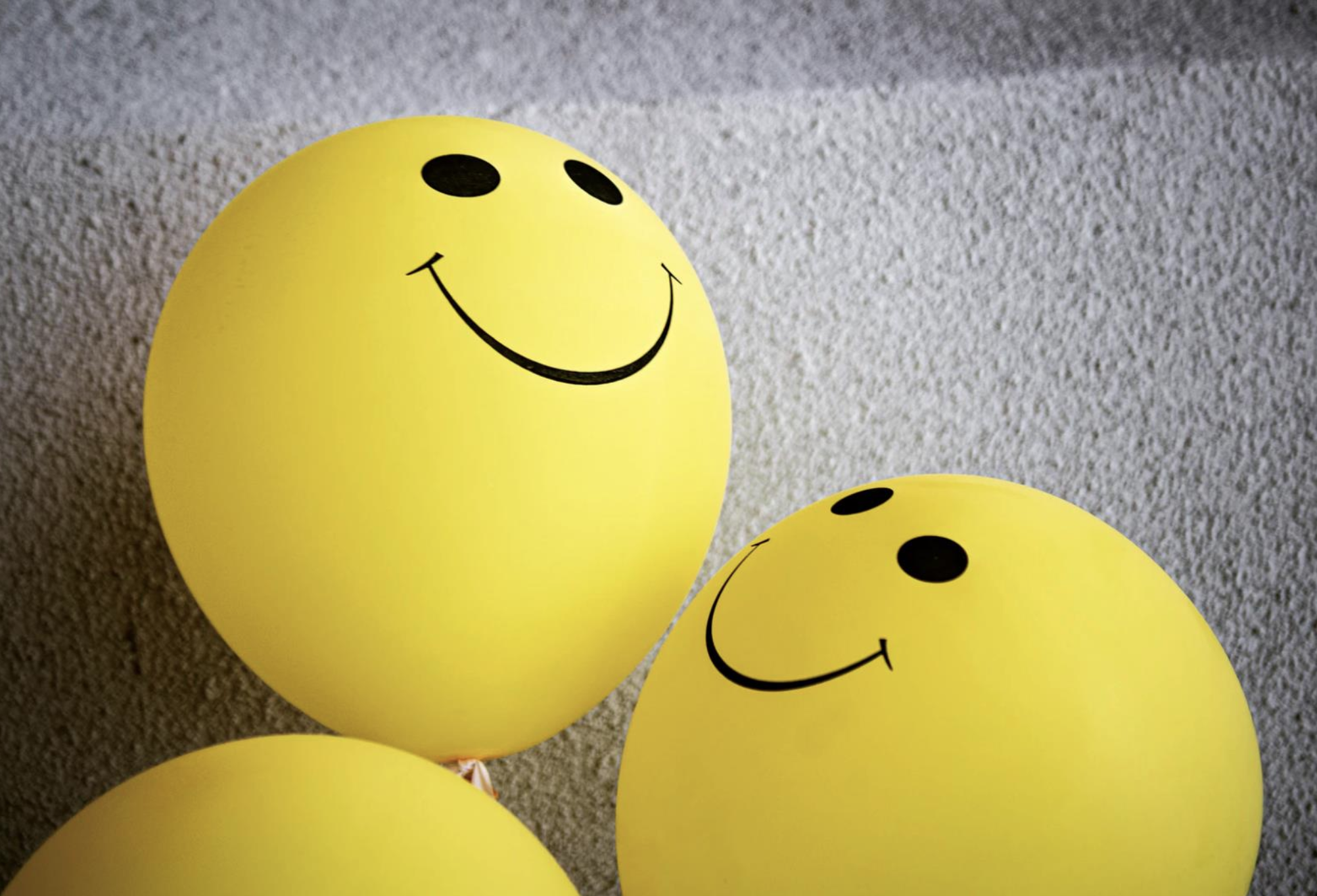Insights
Then, Now, Next: The Evolution of Wellbeing
Charlotte Dawson
10/05/21

2020 was a wakeup call for many when it came to health, wellness and sanitisation, 74% of US citizens, for example agreed that the pandemic made them more concerned about the health of their family.
And with wellness still high on the agenda for many we look at the expectations on brands to prioritise wellbeing.
Then
In the early 2010’s, wellness and mental wellbeing became an increasingly important conversation. In response many people became more accustomed to personal health data, using smart watches and fitness trackers to track their heart rate, their sleep patterns or even to send data directly to their GP.
Whilst fitness remained the key motivation for people wearing a watch or tracker, education around a more holistic approach to health meant that many were looking for ways to improve their sleep, diet and general mental wellbeing.
Now
In the early months of the pandemic people felt particularly vulnerable. Empathy, was a crucial component and brands were expected to show humility in the face of a force larger than us all.
Many brands pivoted their production lines, helping where they could and actively demonstrating how they were taking customer and employee health seriously. After PPE and sanitiser provisions had been met the need for brands to help out in this way passed, but the expectation for kindness, care and consideration for wellbeing remained.
-1.png)
Next
Looking beyond the pandemic empathy will remain key. Brands need to show that they understand their consumers varied needs – who are they and how you can you help them?
Products, stores and content which are designed to help support mental wellbeing will also be popular. Brands should consider how they can make wellbeing more accessible for a wider range of people. Could your brand collaborate with an expert in the field or create content to help your consumers get access to better wellbeing?




